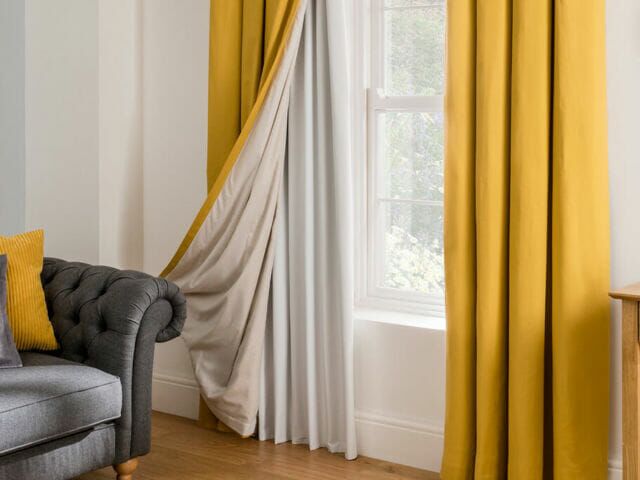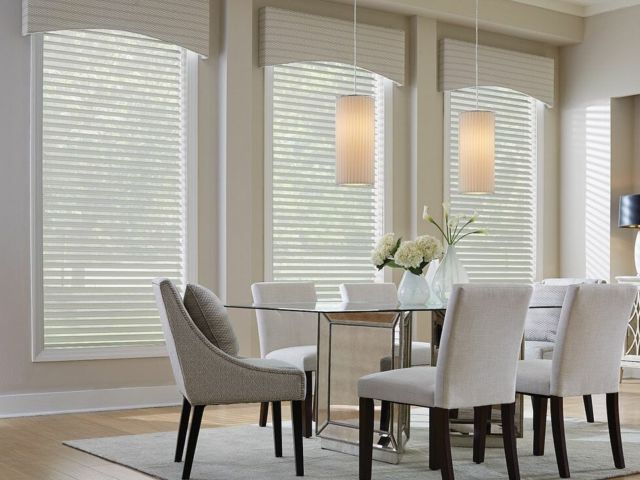3 Blind Mice Window Coverings always has the latest fabrics, styles, and accessories to help you design the perfect window with custom curtains and drapery window treatments.
Custom Curtains / Drapes Design & Installation
3 Blind Mice Window Coverings always has the latest in fabrics, styles, and accessories to help you design the perfect custom curtains and drapes. Our innovative designers will work with you to create a custom window treatment that will be sure to make your home shine – all with your personal touch.
Functional and stylish, draperies can be lined to block out light & heat, combined with sheers to add privacy, or topped with a valance to add an elegant touch. You can also combine multiple curtains on a track system to offer privacy sheers during the day and blackout curtains at night – a perfect window treatment for the bedroom!
Draperies come in numerous sizes, styles, fabrics, colors, patterns, and accessories. And when it comes to custom draperies, the options are endless. Our designers will come to your house and work with you to create a custom window treatment to make your home shine with your personal touch.

Why Curtains & Drapes?
- Light Control - Curtains and drapes can be lined to block out light and heat.
- Privacy - Add blackout curtains or liners to keep intimate spaces private.
- Versatility - You can use a track system to combine multiple curtains, allowing you to have privacy sheers during the day and blackout curtains at night – a perfect window treatment for the most intimate of spaces, like the bedroom!
- Options, Options, & More Options - Curtains and drapes come in endless sizes, types, styles, fabrics, and opportunities to accessorize. The only limitation in your custom drapery design is your imagination.

Curtains and Draperies? What is the difference?
Both window treatments are great options for your windows and doors, especially wide windows and patio doors. The difference is in the cut, the weight, and how they are hung. Curtains are fabric panels generally cut to fit a window or door or drop a few centimeters below. They are usually simple and lightweight and hung simply on a curtain rod. Drapes, on the other hand, are also fabric panels but usually are comprised of heavier, thicker fabrics and cut to floor length or longer, so they slightly puddle on the floor. Drapes are sometimes lined, providing more privacy and light-blocking options, and hung using a header or mount, like a valance, cornice box, or medallion mount. The terms "curtains" and "drapes" are often used interchangeably.
Draperies are typically divided into three categories: simple, pleated, and specialty. Simple draperies are casual and flow freely, pleated draperies are tailored with deep folds along the top, and specialty draperies are accessorized with rare features like accent fabrics and top treatments.

Casual Custom Draperies
Since they do not have pleats, casual draperies tend to have less fullness. Additionally, the same amount of fabric will cover a larger area, although this will also depend on the thickness of the fabric and the type of lining.
Drapes come in many styles, the most common being rod pocket drapery. This style gathers the fabric on a drapery pole. A 3-inch rod pocket is best with a drapery pole 1-3/8 inches in diameter.
There are many style options with rod pocket drapery. For instance, you could add a header above the rod pocket so that once gathered; it creates a natural ruffle on top of the drapery. This option is great when paired with a solid cream or white fabric to achieve a Hollywood glam or feminine feel. It is also a common option for French country designs.
Drapes come in many styles, the most common being rod pocket drapery. This style gathers the fabric on a drapery pole. A 3-inch rod pocket is best with a drapery pole 1-3/8 inches in diameter.
Rod pocket draperies also work well as decorative curtain panels. However, drapery rings or traverse tracks may be more to your liking if you draw them open and shut regularly. Another casual drapery design option is to use curtain rings hung on a matching drapery pole without any pleating. Flat curtain panels have tape in the back, allowing for stainless steel pins to be inserted in the back. The pins can be positioned so the drapery can be hung on a decorative pole or a traverse rod.

The simplicity of casual drapery styles gives them a very modern design. Other casual draperies include a tie top, rod pocket, top tabs, bottom tabs, grommet top, and rings with clips.

Pleated Custom Draperies
Pleated draperies have a tailored look, a result of the pleats themselves. The richness of these treatments makes them a go-to and obvious choice for any formal space, like a formal dining room, living room, or bedroom. That's not to say that you cannot have casual pleated draperies. Consider a playful fabric or pattern and turn your pleated draperies into the focal point of any casual and modern space in your home.
There are many different pleats, but don't be overwhelmed. This is where our in-house designers can help you decipher these subtle nuances and choose the right drapery pleats for your home's windows. Some common pleats include pinch pleat, Euro pleats, goblet pleats, cartridge pleats, pencil pleats, or inverted box pleats, as well as countless others.

Specialty Custom Draperies
When starting your custom specialty drapery design, consider your fabric choices, accessories and embellishments, valances, and installation options - all elements that will elevate your custom drapery design to truly be one of a kind.

Fabrics
For a genuinely innovative drapery design, insert a bold, contrasting fabric inside pleats with an inverted box pleat drapery design. Consider a richly decorative brocade, luscious velvet, or silk.

Add Embellishments
Consider fringe, ribbon, buttons, or other decorative accents. Fringe options can include tassels or acrylic beads on the leading edges of your draperies. Or ribbon trim inset a few inches from the sides of the drapery or add buttons or decorative accents at the base of each pleat.

Drapery Hardware
Necessary to hang your curtain and drapes, but with countless options, the details of drapery hardware like curtain rods, brackets, finials, and tiebacks can instantly enhance your drapes.

Installation & Mounts
Elevate your draperies by upgrading the installation to a board or medallion mount. Rather than hanging your drapery on a decorative pole, have it mounted on a heavy lumber board to create a waterfall effect as it cascades from behind the board.

Attached Valances
Many times pleated draperies have attached valances. Often, a bustle swag valance will be used, or the fabric can even spill down the sides of the windows; these tails are known as jabots. Purely decorative, swags will soften the geometry of a window. More simple swags may incorporate a short fringe or even be left untrimmed. Swags or swag-and-jabot combinations can be either formal or informal. Play with matching and contrasting top treatment fabrics for a one-of-a-kind window treatment. But remember, with one of these toppers, you will not see the curtain hardware, so opt for something straightforward and functional.

Medallions
Or, hang your draperies on medallions. Medallions are evenly spaced decorative knobs that hold the drapery fabric loops at the pleats. The drapery needs fabric loops sewn into each pleat to use this type of installation (medallions). If opting for a medallion mount, remember that a single wide (50-inch) drapery will usually require about 4 or 5 knobs to hang correctly.
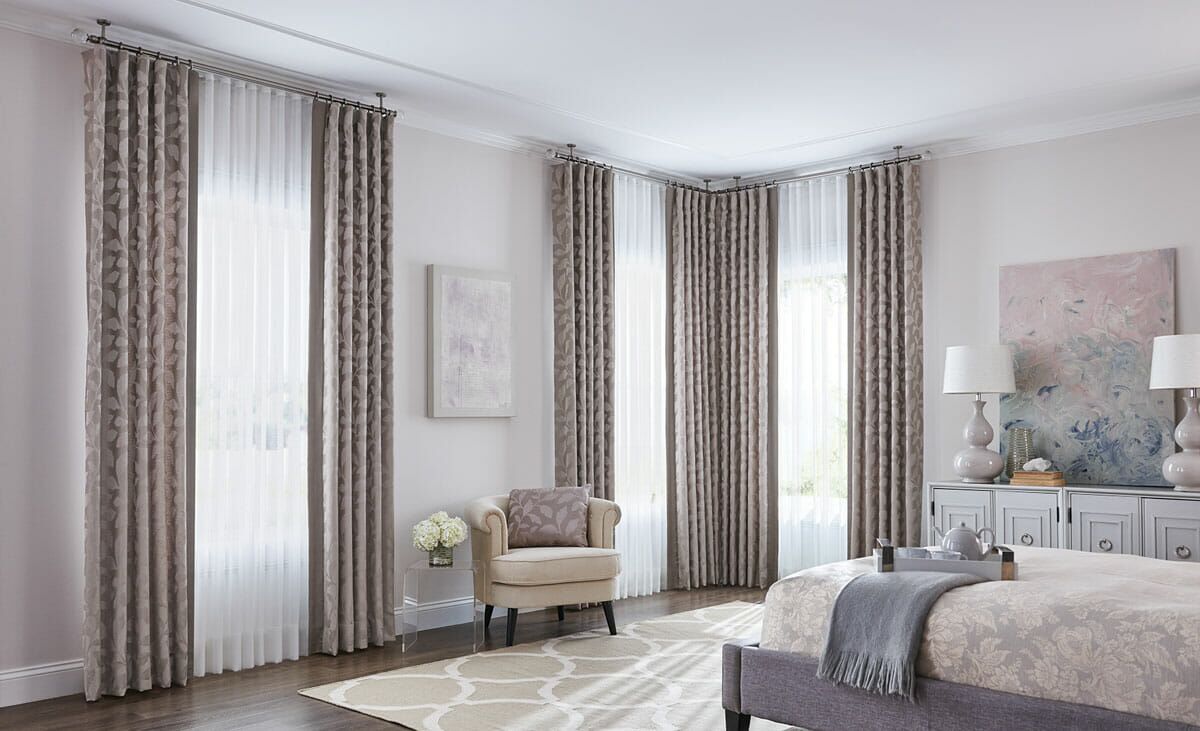
High-Quality Curtains & Draperies
When shopping for your drapery window treatments, ensure you have high-quality drapery and look for these absolute must-have features.
Floating Bottom Hems
When looking inside your curtains or drapes from the bottom, you should be able to see between the lining and face fabric. When the lining and curtain fabric is sewn separately at the bottom of the drapery, this is called a floating bottom hem. Without floating bottom hems, your drapery will bunch up awkwardly at the bottom.
Weighted Bottom Hems
Custom draperies must have small metal plates on the bottom hem's left and right sides. These plates are sewn into the drapery so that you won't see them. They serve as weights and ensure that the drapery fabric will not curl up from the bottom but that it has a proper drape and hang,
Fully Lined
Drapery should be fully lined with a good quality lining. A good quality lining is not flimsy or has substantial light between the fibers.
Large, Deep Pleats
There is significant variation in how pleats are created. While some may create tiny pleats to save on fullness, the truth is that pleats require a lot of fabric. So, do not be surprised to find that, in the end, a 50-inch drapery only covers about 20 inches of your window once it's been appropriately pleated.
Blind-stitched Hems
On the side and bottom hems of your drapery, you should have minimally visible stitches, known as invisible or blind hems.

Materials
Draperies and curtains, like all of our window treatment options, come in various materials to fit your personal needs and tastes. Whether you prefer trendy fabrics or renewal material, 3 Blind Mice Window Coverings and our in-home designers have the perfect solution for all your windows and doors, no matter how big or small.
Some popular fabrics for curtains and drapes include voile, nylon net, lace, and velvet. More classic choices include cotton, linen, brocade, silk, and damask.
Lightweight and medium-weight fabrics such as silk, linen, and cotton can be lined to increase their light-blocking ability and sound and heat insulation properties.
More transparent fabrics, on the other hand, such as voile, nylon net, and lace, do not lend well to the lining but are great options for pairing with a second set of curtains. Doubling up two layers of curtains is one way to get more light control or to simply have options depending on the time of day.
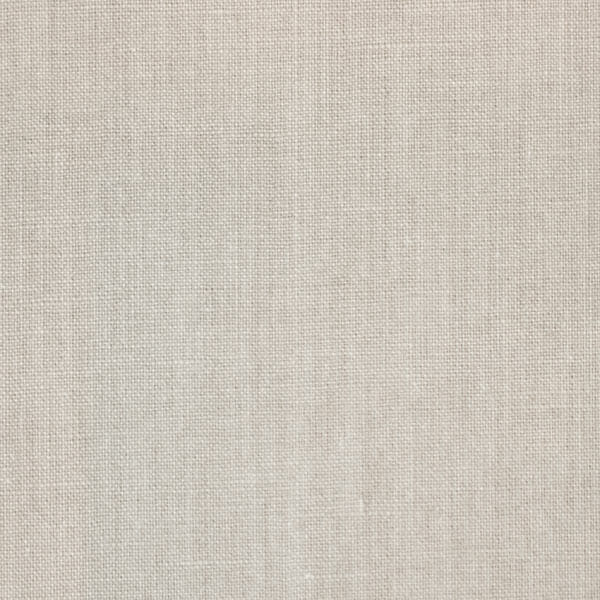




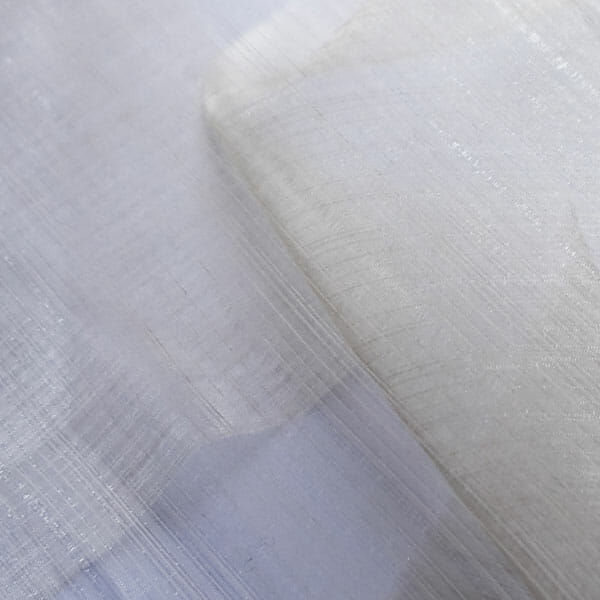
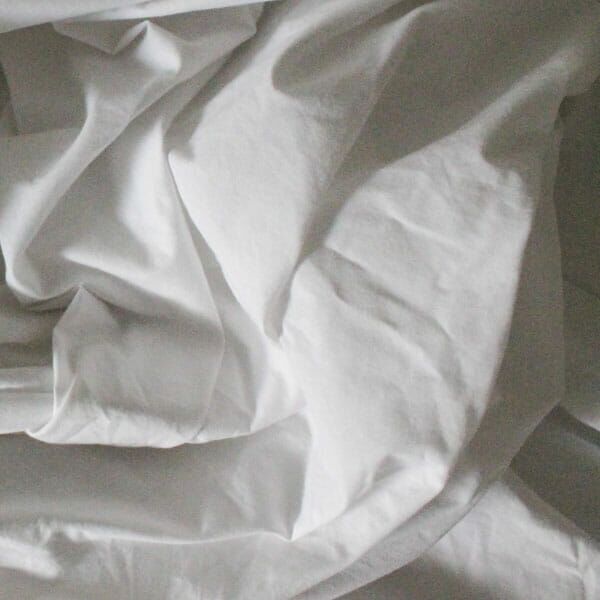
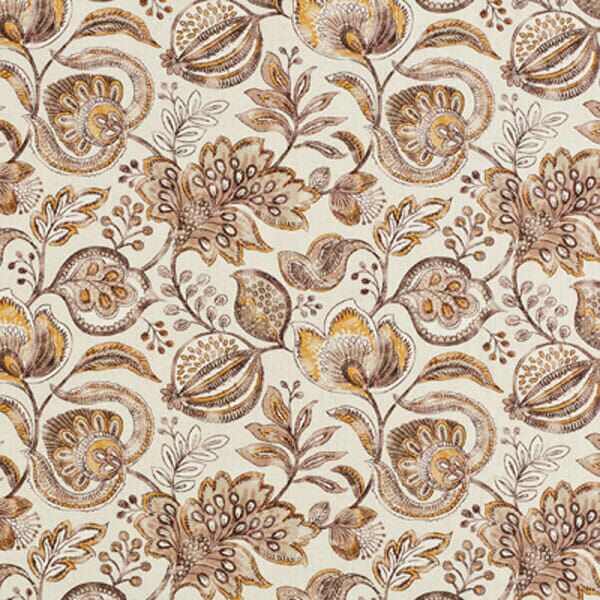
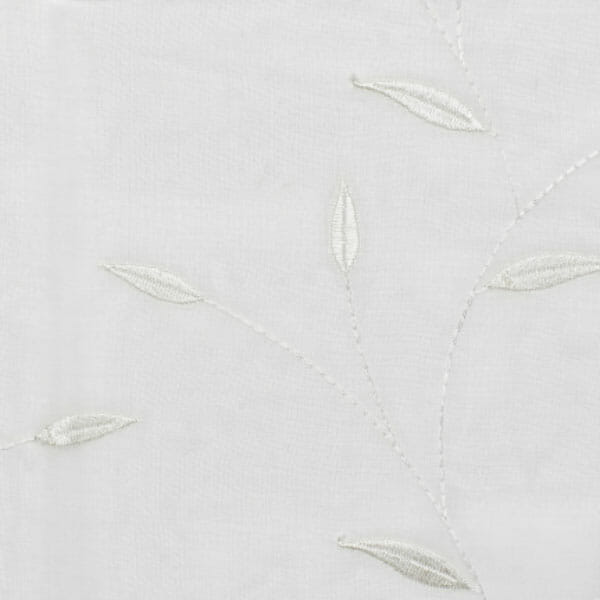

Styling Your Curtains & Drapes

Soundproofing
If you're looking to reduce the sound entering your home from a street-facing window, soundproof curtains might be precisely the solution you need. While soundproof curtains cannot block out sound entirely, they can make great strides in quieting your indoor space, dampening incoming sounds up to 75%. The best drapes for this purpose are constructed with heavy, dense fabrics and sometimes multiple layers.

Energy Efficiency
An added benefit of installing dense, lined curtains and drapes is increased energy efficiency. Windows are great for showcasing views but so good at keeping heat and cold out. Up to 50% of heat gain in your home comes directly from sunlight on the windows and 10% of your home's total heat loss. Soundproof, blackout curtains can help reduce your home's summertime utility bills by as much as 25%.

Light Control/Filtering
Curtains and curtain panels are available in four main light levels: Sheer, Filtering, Darkening, and Blackout. The type and density of the fabric or material are the main factors in determining the amount of light that enters your living space. For instance, a linen curtain panel will not filter as much sunlight as a tightly woven blend of polyester and cotton, as is common in blackout curtains drapes.

Curtain & Drapery Mounting Options
Your curtain and drapery mounting options may, in part, be dictated by the type of curtain style, fabric, or function. For instance, blackout curtains, soundproofing drapes, and floor-to-ceiling installations are best mounted above the window frame. Whereas an inside window frame mount is better for limited spaces or if you want your treatments to rest directly on a window sill or there is a need to keep them out of the reach of children and/or pets.

How to Measure for Drapes & Curtains
The measurements will vary depending on how you intend to mount your curtains or drapes. For curtains that extend beyond the window, you will need to measure the frame's height and width. However, measurements will need to be taken from the casing height and width if your curtains sit inside the window.
Additionally, you will need to consider the style and desired length of your curtains or drapes. Remember, depending on the desired look; pleated drapes will require more fabric or panels. For more details on installing and measuring curtains and drapes, check out our Definitive Guide to Curtains & Drapes - The Buying Guide.
Looking for Pro Tips?
Leave it to the professionals!
3 Blind Mice took accurate and precise measurements, so I didn't have to worry about missing a single step. The no-obligation complimentary design service is where my interest peaked, and the designers (thank you, Mike!) helped us through every stage of curtain and drape design. Plus, we got to see samples in our own home, which helped make it easy for a visual person like myself.
-Gretchen Williams
Select a type of Custom Curtains / Drapes Design & Installation
Key Considerations
Shopping for curtains or drapes? Read our definitive guide to curtains and draperies first! We’re here to put an end to the curtain confusion with this curtain and drape buyer’s guide.
The addition of a fabric liner sewn to the back of a curtain is what makes a window treatment considered a drape. The liner on a drape serves several functions including helping to block light and UV rays that will come into the room, as well as protecting the fabric of the drape. This is especially important if you are considering a drape with a delicate fabric that may be damaged by the constant sun and heat coming in through the window.
Custom curtains and drapes add essence and style to finish off your windows and décor. The sky is the limit on what you can achieve with the right custom drapery or curtain. We have a variety of custom fabrics, trims, and rods that can be incorporated into any type of design. Curtains or drapes can be used alone or in combination with the many other types of window treatments that we have available. We offer sheer curtains, blackout & darkening curtains and valances in addition to a wide variety of motorized options for each. Styles of curtains we offer include: flat panel, tab top, grommet, and rod pocket.
If you’re looking to completely darken your room but maintain elegance in your decor, using technology to motorize curtains and drapery tracks is a good option. Newer drapery tracks can curve around your curtains for an optimally dark room. And you have many options when it comes motorizing these treatments or setting up a manual pull system. View our gallery of blackout curtains and blackout shades.
Addition of a window valance on top of the curtains can add instant style to any room. Valance can turn a basic look to an elegant to a luxurious to a modern look in a snap. Valence will keep the sunlight out maintaining the room at a cooler temperature helping with energy saving benefit. Privacy is also another reason why many choose to hang window valances. Best of all, the valances are incredibly affordable!
Consider using sheer curtains or shades to allow natural light in while still maintaining some privacy. You can also choose a window treatment with adjustable slats, like blinds, to control the amount of light coming in.
Yes, you can layer different types of window treatments for added style and functionality. For example, you can pair drapes with blinds or shades for extra privacy and light control. Layering window treatments also adds depth and texture to your living room decor.
Measurement requirements differ depending on the window treatment and how and where you mount it. You must account for hardware, window trim, and the like. At 3 Blind Mice, our in-home designers will help to ensure that you have professional measurements and the perfect fit.
Proper cleaning and maintenance are crucial to keeping top treatments looking their best and lasting longer. The best way to keep your top treatments clean and dust free is to regularly vacuum, dust, and/or spot clean.
The installation process can vary depending on the type of top treatment chosen. Some top treatments, like valances, can be easily installed using rods or clips, while others, like cornices, may require more advanced installation techniques. At 3 Blind Mice, we will not only help you design your top treatments but we will measure and install them for you.
Yes, you can customize your top treatments to match your home's decor or personal style. Customization options can include the materials, including fabrics and trimming options such as fringe or tassels, and embellishments like beading or embroidery.
A variety of materials can be used to create top treatments depending on what type of treatment you are interested in. Cornice boxes and valances and more structured and popular options include wood, metal, fabric, and even natural materials such as bamboo or woven grasses. Whereas top treatments like swags and scarves are made of fabric ranging from cotton and linen to silk, or polyester and can be designed in a range of styles, from pleated to gathered to tailored. When selecting a material for a top treatment buyers should consider the style and function of the room, as well as their own personal preferences and budget. It is also important to keep in mind the maintenance requirements of the material, as some may require more care than others.
Measuring for a top treatment is crucial to ensure the right fit and style. Buyers should measure the width and height of the window, add extra length for the desired style, and account for any hardware that may be used for installation. At 3 Blind Mice, we will take accurate and precise measurements noting all the architectural features that must be accommodated—windows, doors, moldings, built-in furniture, and more. Let us do it for you so you don’t have to worry about missing a single step!
Several types of top treatments are available for curtains and drapes, such as valances, cornices, swags, and scarves. Each has a unique look and can be made from various fabrics to fit different styles and needs. Buyers should consider the type of window, room decor, and functionality when choosing a top treatment.
Yes, blackout curtains can be combined with other window treatments to provide additional light blocking or privacy. For example, you may choose to use blackout curtains in conjunction with blinds or shades to create a layered look.
Blackout curtains are available in various colors and patterns, from neutral shades such as black, white, and gray to brighter colors and bold patterns.
Blackout curtains can be hung in the same way as regular curtains, using a curtain rod or other type of hardware. It's important to ensure that the curtain rod is sturdy enough to support the weight of the curtains, which can be heavier than regular curtains due to the additional lining.
Yes, most blackout curtains can be washed in a washing machine. However, it's important to check the care instructions on the label before washing to ensure that you are using the correct method.
Room darkening curtains are designed to reduce the amount of light entering a room, but they are not completely opaque and may allow some light to pass through. On the other hand, blackout curtains are designed to block out all light and create a completely dark environment.
Yes, blackout curtains can help reduce noise by absorbing sound waves and preventing them from entering a room. This can be particularly useful for people who live in noisy areas or near busy streets.
Yes, blackout curtains can help reduce energy costs by providing insulation and reducing heat loss through windows. This can be particularly beneficial in colder climates, where keeping heat inside the home is important.
No, not all blackout curtains are completely opaque. Some may allow a small amount of light to pass through, depending on factors such as the thickness of the material and the color of the curtain.
The main benefit of blackout curtains is that they can help create a dark and peaceful environment, which is essential for people who need to sleep during the day or are sensitive to light. In addition to blocking out light, blackout curtains can help reduce noise, improve energy efficiency, and provide privacy.
A blackout curtain is a type of window treatment that is designed to block out light completely. These curtains are made with a special lining that helps to absorb light and prevent it from entering a room, which can be particularly useful for people who need to sleep during the day or who live in areas with a lot of light pollution.
Yes, aluminum blinds can be repaired if they become damaged or stop functioning correctly. You can replace individual slats, restring the blinds, or replace the cord mechanism. We offer professional repair for all of our work.

